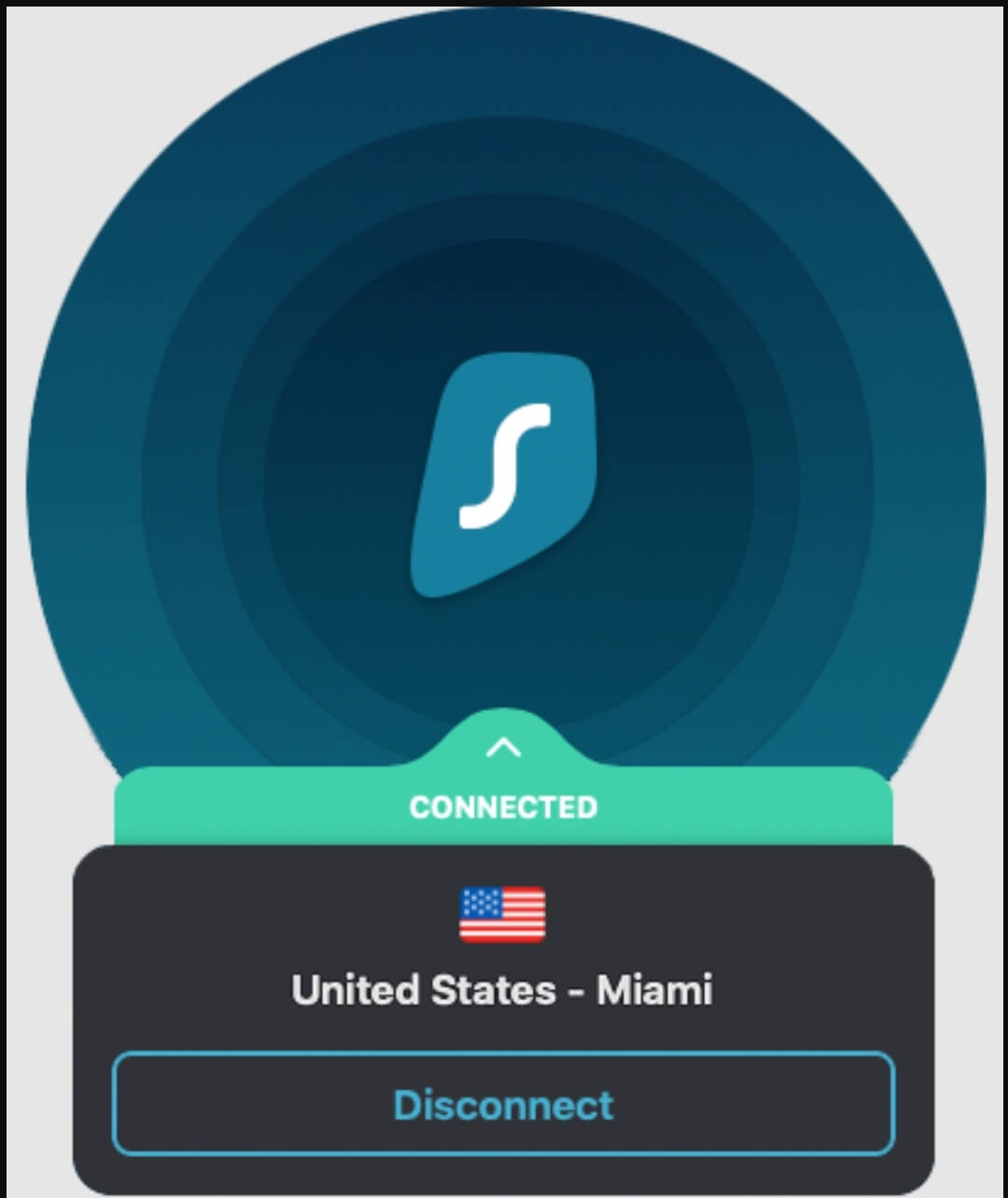We all have come across the terms Whitelisting and Blacklisting many times in our lifetime, but a lot of people get confused with the terms. Today, we will be talking about ‘Whitelisting’, its benefits and how it saves you from possible cyber threats.

Wondering how come Whitelisting and cyber threats are connected? Well, this blog is all about the same.
What is Whitelisting?
Whitelisting is a two stage process that identifies trustworthy sources and agents, and grants them special recognition, access, and privileges. When it comes to the cyber world, whitelisting is giving specialised access to certain IP addresses, websites, and applications. These whitelisted websites are allowed to bypass IT security systems. It further blocks everything else that’s not in the Whitelist.
On the contrary, Blacklist refers to the blocked IP addresses and websites that are either banned or restricted. In other words, blacklist is a list of banned websites.
Whitelisting in Cybersecurity: Meaning
The term Whitelisting in cybersecurity refers to a strategy a user follows to take actions on their computer as per the actions and privileges that have already been allowed in advance. Staying a step ahead of cyberattackers to identify and block malicious code. IT staff, therefore, compiles a list of approved applications that a device can access.
List of Contents
Advantages or Benefits of Whitelisting
Be it for a business or individual use, whitelisting is indeed a great cyber security feature that saves you a lot of time and resources. Also, it saves you from several cyber attacks when implemented efficiently and maintained. The popular advantages of Whitelisting includes:
- Prevent malware attacks and viruses.
- Eliminates phishing attempts.
- Reduce distractions and increase productivity that further helps you:
- Prioritizing emails
- Allows access to certain websites
- Use only the verified applications.
Major Difference: Whitelisting and Blacklisting
- Whitelisting allows you to restrict everything that is not on the whitelist. While blacklist blocks everything that’s on the blacklist.
- Whitelist permits everything that’s on the whitelist. While blacklist permits all that’s not on the blacklist.
Whitelisting: Types
Whitelisting doesn’t fit everyone’s requirements at once. Every different type of whitelist has different meanings and aims. The famous type of Whitelisting includes: IP address, Email, and application whitelisting.
IP Whitelisting means to give someone special access to a network using a specific IP address. It further:
- Grants remote network access.
- Let’s you prevent data leaks.
- Hassle in maintaining dynamic IP addresses.
When it comes to IP address whitelisting, you can use Surfshark VPN. It offers its users a split tunneling feature. VPNs change your IP address and location-based services to restrict access if you are trying to login from other places. You can use Surfshark’s Whitelister to choose which websites and apps could bypass a VPN.

Click Here to Download Surfshark VPN
Also Read : Surfshark vs NordVPN vs Systweak VPN – Full Comparison
Application Whitelisting
Another form of Whitelisting is Application Whitelisting. It is a security measure that only lets you use specified apps and programs on a specified device. For this, we recommend you to use Systweak Antivirus.

Click Here to Download Systweak Antivirus
Application whitelisting is used to prevent your device from malware and other popular threats including keyloggers and ransomware. Systweak Antivirus is, therefore, a complete and efficient tool to block and restrict malicious apps and software from harming your devices.
Email Whitelisting
Email Whitelisting aims at security and workflow. It is used for reasons other than IP and application whitelisting. Email Whitelisting majorly aims at prioritizing emails and optimizing workflow. It lets you whitelist specific email addresses so that they always show up at the top of your inbox. This is helpful when you have to deal with a lot of emails on a daily basis, or anyone who has a very clear email contact list.
If you are considering Whitelisting, ask yourself…
Do you have to make things easier? Or do you know when and what to apply on your device? If yes, here are a few things to check out on:
- Email whitelists are easy to set up.
- Systweak Antivirus let’s you prevent your device from malicious apps and programs.
- Surfshark and other similar VPNs let you whitelist IP addresses.
- Whitelisting is a good way to improve workplace IT security.
For additional security, VPNs are helpful and beneficial as they come up with their own Whitelisting features.
Feel free to share your questions with us in the comments section below.
Keep reading Tweak Library for more similar content.
Recommended Readings:
How to Hide your IP Address? 4 Different Methods (Free and Paid)
Is VPN Necessary? If Yes, Which One Should You Go For?
How To Change The Router IP Address in Windows 10







Leave a Reply